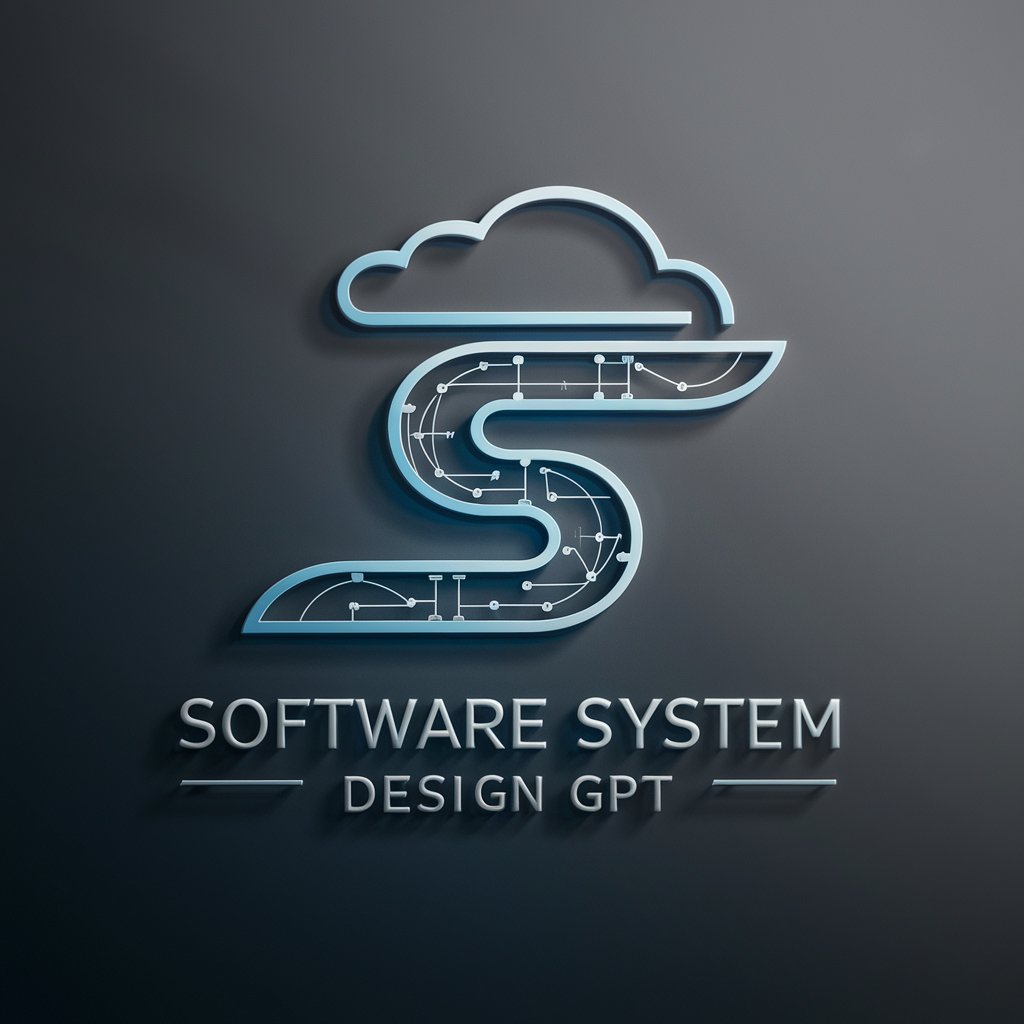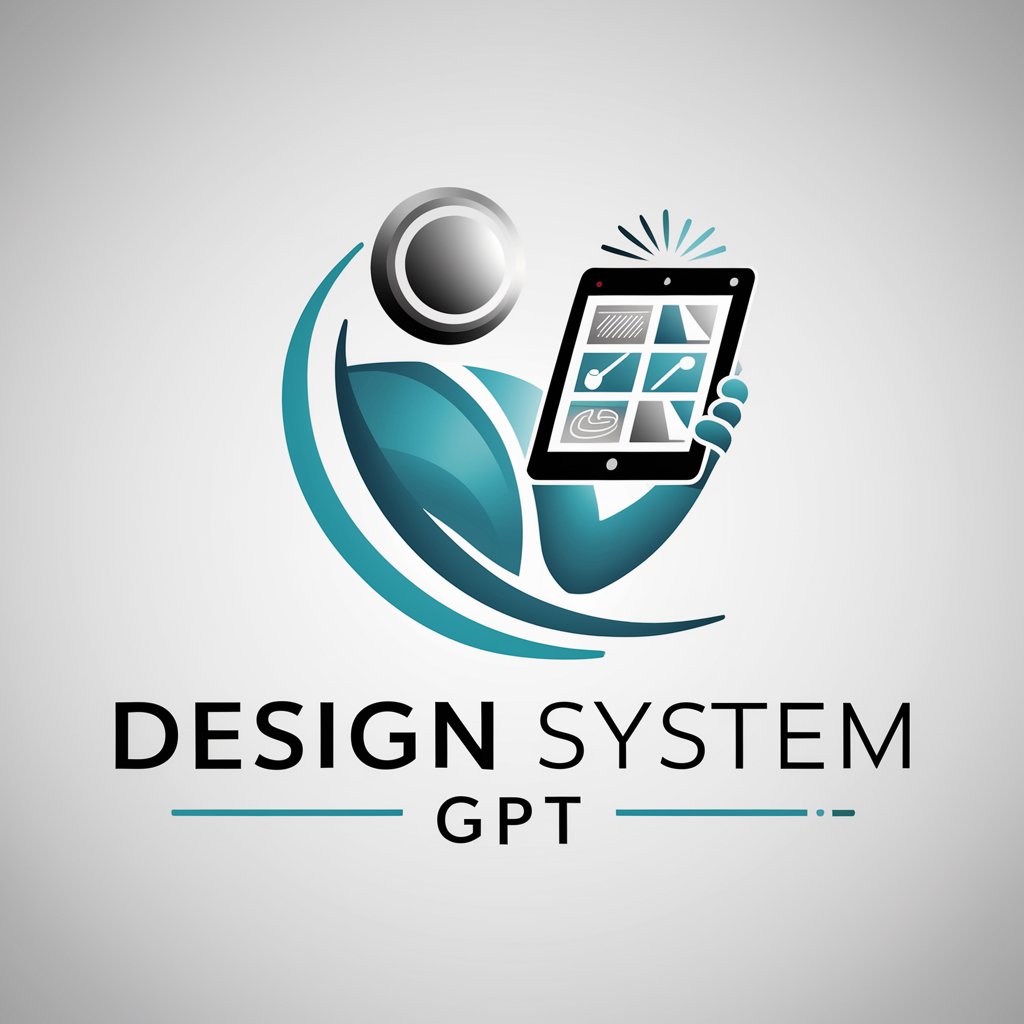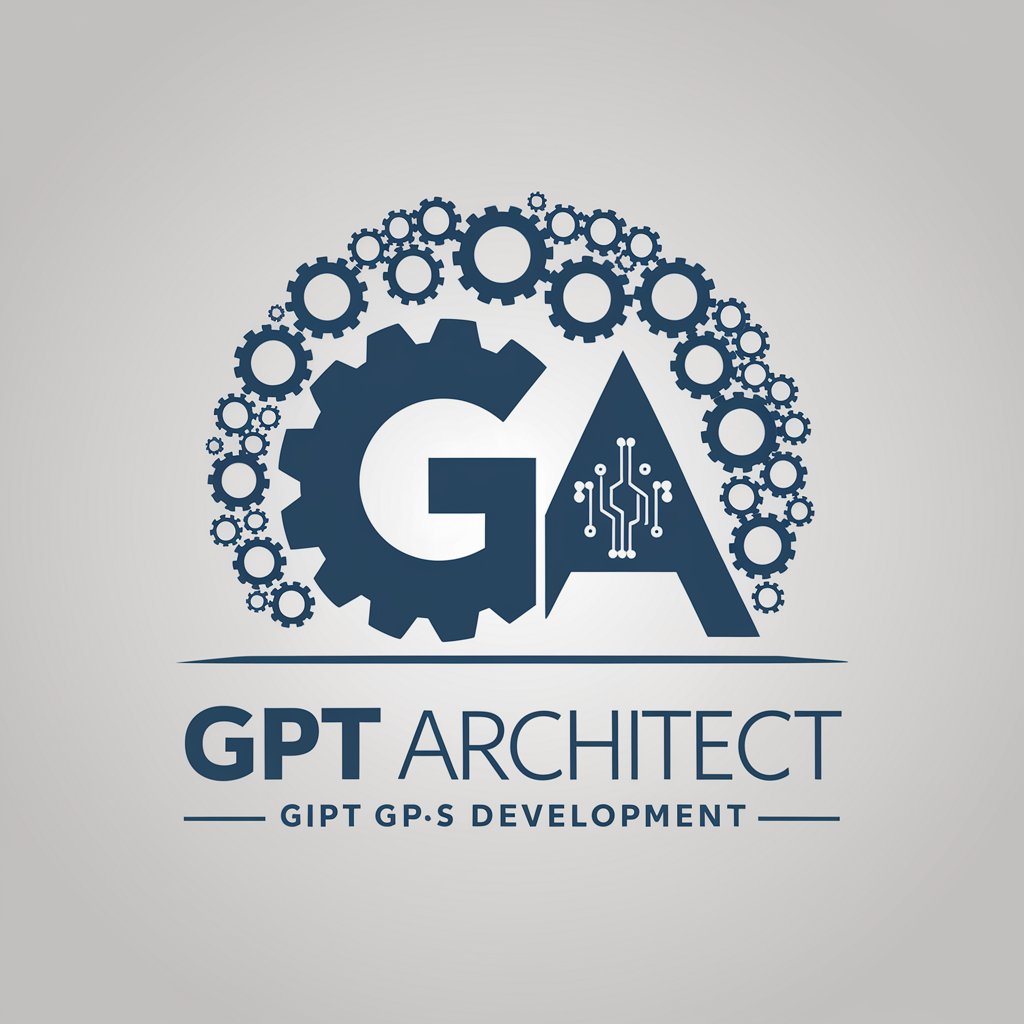
System Design GPT - System Design Expertise
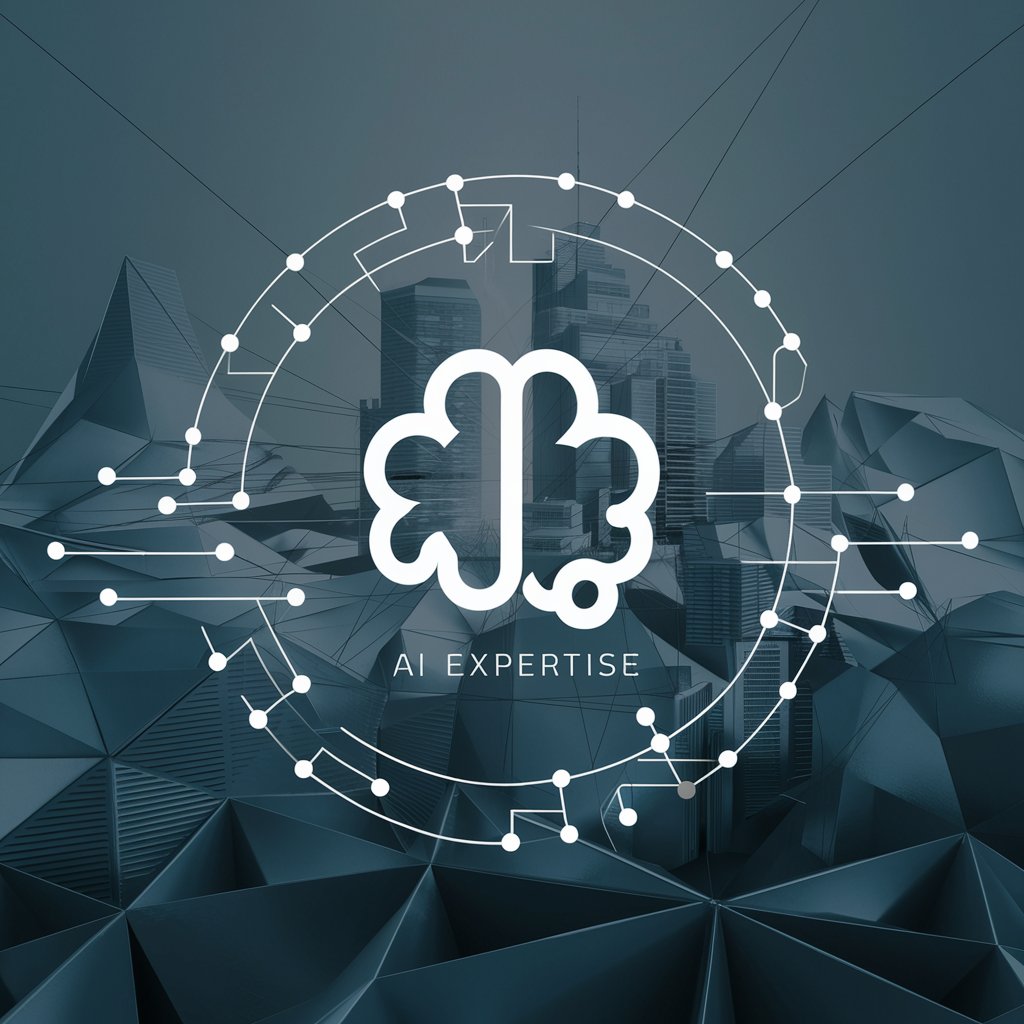
Welcome! Let's design scalable systems together.
AI-powered system design guidance.
How to design a scalable API gateway for high traffic?
What are the best practices for database sharding?
Explain the CAP theorem and its implications in distributed systems.
How to handle data consistency in a microservices architecture?
Get Embed Code
Introduction to System Design GPT
System Design GPT is a specialized AI model designed to serve as an expert guide in the domain of software system design, particularly focusing on the intricacies of designing large-scale systems. Embedded with deep knowledge from a FAANG engineer's perspective, it combines theoretical underpinnings with practical experience to offer guidance through the entire process of system design. This includes clarifying initial requirements, discussing scalability, exploring database schemas, API endpoints, and evaluating various architectural choices. An example of its application could be guiding a user through the design of a scalable e-commerce platform, from defining the problem, estimating the scale, to deep diving into database design and API structuring. Powered by ChatGPT-4o。

Main Functions of System Design GPT
Clarification and Requirement Analysis
Example
Before diving into system architecture, it helps in narrowing down the scope by asking clarifying questions and defining precise requirements for the system.
Scenario
For instance, in designing a video streaming service, it would first clarify the expected number of users, video storage requirements, and expected latency.
Scalability Evaluation
Example
It assesses how a system's design will scale with increased load, suggesting improvements or changes to accommodate growth.
Scenario
Analyzing an instant messaging app to ensure it can handle 10x more users by suggesting scalable database solutions and efficient data distribution models.
Technical Deep Dive
Example
Offers detailed exploration into specific areas like database schema design, API development, and the integration of various services.
Scenario
Designing API endpoints for a food delivery app, including authentication, menu browsing, and order management.
Alternative Solutions Exploration
Example
It provides insights into various architectural choices and their trade-offs, helping users explore different approaches to solving a problem.
Scenario
Comparing microservices vs monolithic architectures for a new startup's web application, including scalability, development, and maintenance aspects.
Ideal Users of System Design GPT Services
Software Engineers and Architects
Professionals looking to design or improve the architecture of software systems, especially those preparing for technical interviews or working on large-scale projects. They benefit from guided problem-solving, scalability assessments, and architectural insights.
Technical Managers and Team Leads
Leaders responsible for overseeing the development of software projects who need to ensure their teams are adopting best practices in system design. They can leverage this tool for training purposes or to validate the designs proposed by their teams.
Students and Educators in Computer Science
Individuals seeking to learn or teach the principles of system design. This tool provides practical scenarios and examples that can enhance learning and understanding of complex system architecture concepts.
Tech Enthusiasts and Hobbyists
Those with a keen interest in understanding how large-scale systems work or in developing their own projects. They can benefit from exploring various design scenarios and getting expert guidance.

How to Use System Design GPT
1
Visit yeschat.ai for a complimentary trial, accessible without signing up or the need for ChatGPT Plus.
2
Select the System Design GPT option from the available tools list to start your system design query.
3
Input your system design question or scenario in the provided text box. Be specific about requirements or areas of focus.
4
Review the generated advice or guidance. Utilize the 'Ask for clarification' feature if further detail on a specific point is needed.
5
Apply the suggestions to your project. For best results, iterate your questions based on evolving project needs.
Try other advanced and practical GPTs
Global Trade Expert
Navigating Global Trade with AI-Powered Expertise

Text Tailor
Empowering Your Words with AI

TARS
Empowering Inquiry with AI Expertise
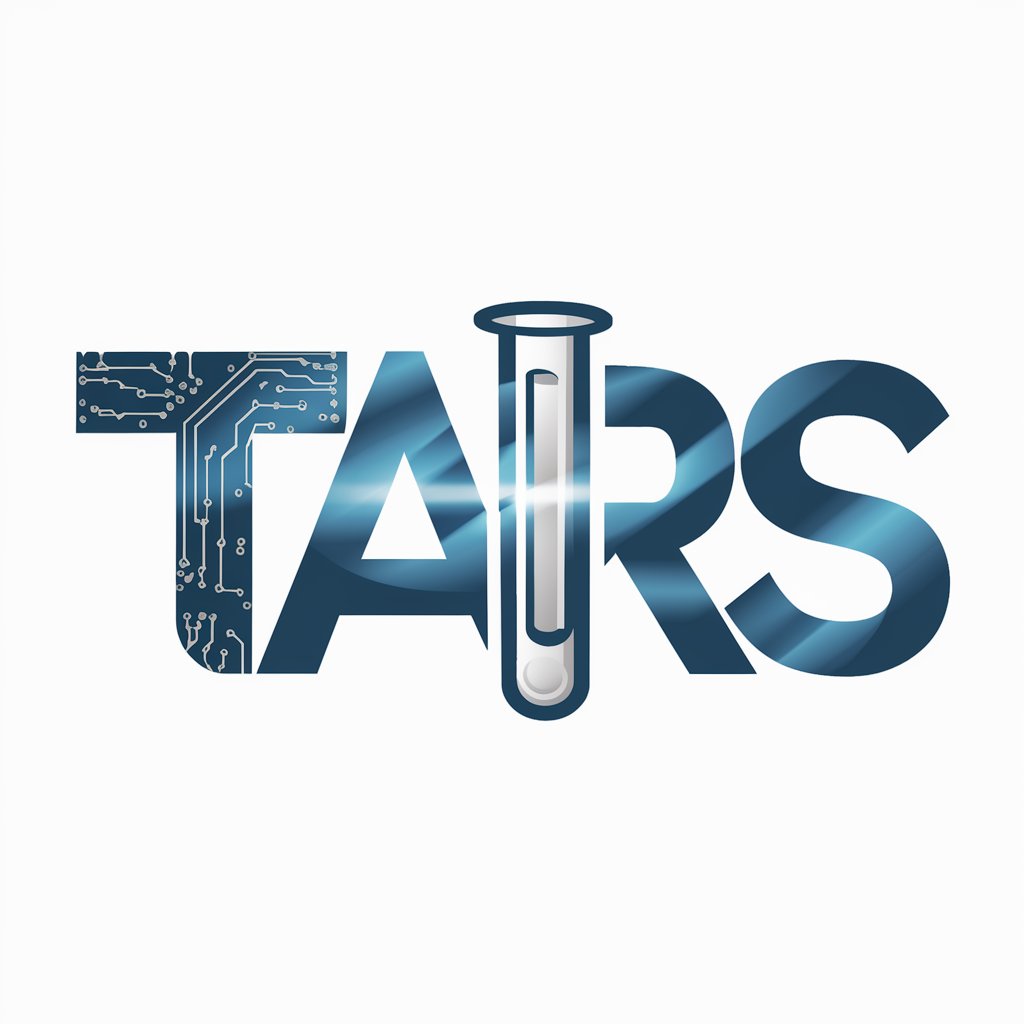
Metalisa Art Critic
Unleashing AI Brilliance in Art Critique

What do I wear
Dress smartly every day with AI-driven style!

Therocial Scientist
Powering Scientific Discovery with AI

GPT Sensei
Crafting Precision AI Prompts, Powered by Intelligence

Golf Buddy
Your AI-Powered Golf Caddy Companion

Voxscript has moved! See instructions for location
Empowering Creativity with AI

Mega Man
Empowering Decisions with AI Insight
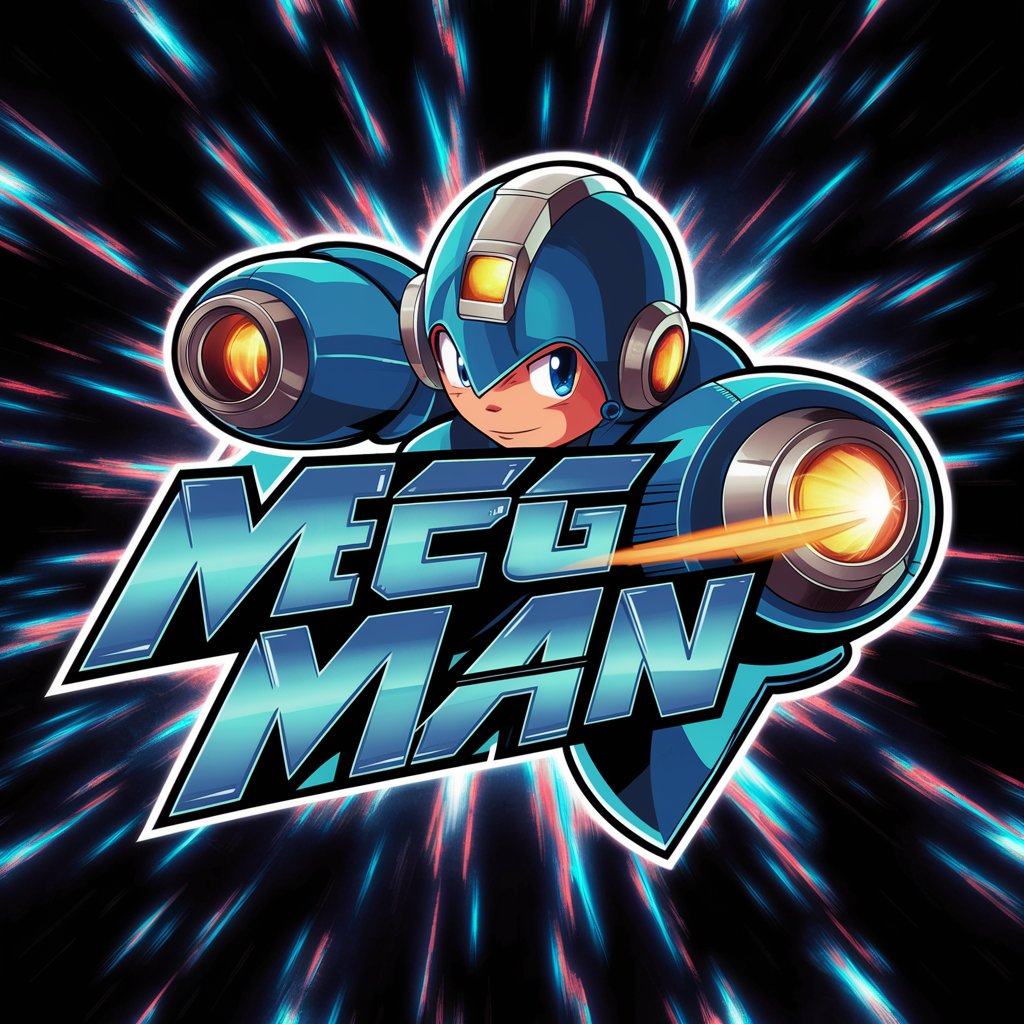
JusGPT
Empowering Legal Decisions with AI

王子様系彼女
Elegance Meets AI in Language Interaction

Frequently Asked Questions about System Design GPT
What is System Design GPT?
System Design GPT is an AI-powered tool designed to assist users in creating and optimizing large-scale software system architectures, providing expert guidance and solutions.
Who can benefit from using System Design GPT?
Both novice and experienced software engineers, system architects, and anyone involved in the planning, design, and optimization of software systems can benefit from its in-depth, technical advice.
Can System Design GPT help with specific technologies or platforms?
Yes, it can provide advice tailored to a wide range of technologies and platforms, from cloud-based services to distributed databases, considering the latest in technology trends and best practices.
How does System Design GPT stay updated on the latest system design trends?
System Design GPT continuously integrates up-to-date system design principles, patterns, and practices from leading industry sources and technical literature to provide relevant and current advice.
Is System Design GPT capable of generating code or specific implementation details?
While it primarily focuses on architectural advice and design strategies, System Design GPT can offer guidance on implementation approaches and, in some cases, pseudocode to illustrate concepts.
